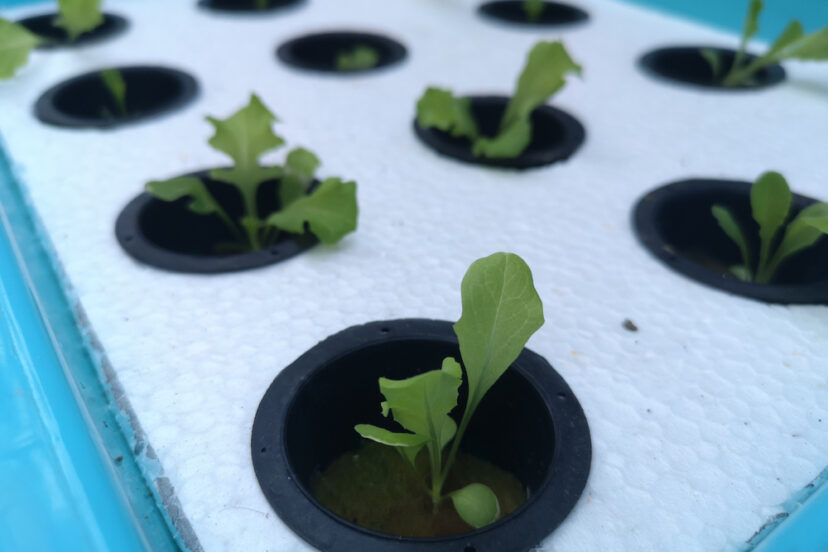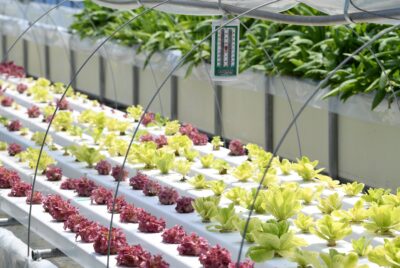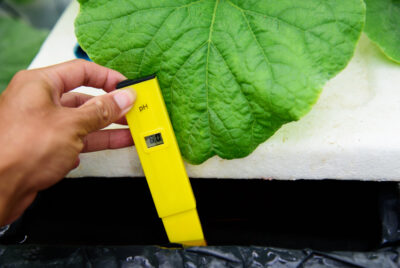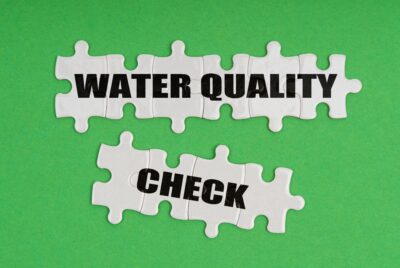Deep Water Culture Hydroponics
We may earn a commision from purchases made using our links. Please see our disclosure to learn more.
What is Deep Water Culture Hydroponics?
Introduction to Hydroponics
Let’s begin by exploring the basics. Hydroponics, an innovative method of growing plants without soil, has sparked the interest of many gardeners worldwide. As we delve into Deep Water Culture Hydroponics, we understand that plants are grown using mineral nutrient solutions in a water solvent, effectively eliminating the need for soil in the plant growth process.
Overview of Indoor Hydroponic Gardening
Indoor hydroponic gardening, as we delve further into the subject, emerges into the spotlight. This specific form of hydroponics performed indoors has many advantages. Why indoors, you might ask? The simple answer is that by choosing indoor gardening, you aren’t constrained by unpredictable weather conditions or changing seasons. Consequently, you’re able to cultivate your favorite plants year-round, no matter the weather outside.
Moreover, indoor hydroponic gardening offers the unique advantage of having complete control over your plant’s environment. Therefore, factors such as temperature, humidity, light, and nutrition, which are all critical for plant growth, can be closely monitored and adjusted. This ensures optimal growth conditions, a level of control that’s nearly impossible to achieve in outdoor gardening.
As we venture deeper, we encounter a particular subtype of hydroponics that’s garnering significant attention among indoor gardening enthusiasts. This technique, known as Deep Water Culture, or DWC for short, is particularly compelling.
Deep Water Culture (DWC): An Explanation
Understanding Deep Water Culture
So, what exactly is Deep Water Culture? To put it simply, it’s a type of hydroponics where plants are suspended in an oxygenated, hydroponic fertilizer solution. Their roots are fully submerged in this nutrient bath, allowing plants to access all the nourishment they require.
The Basics of DWC Hydroponics
How does a DWC system differentiate itself from other hydroponic setups, you might wonder? The distinctive factor of DWC is its method of root exposure. In this system, plant roots are constantly submerged in the nutrient solution, unlike in other hydroponic systems where roots alternate between being in and out of the nutrient solution.
Moreover, the constant supply of oxygen in DWC systems is a crucial factor contributing to optimal plant health. In traditional soil cultivation, roots have to expend energy to ‘breathe’, but in DWC, the generous oxygen supply alleviates this energy expenditure. As a result, this allows plants to focus more on growing up and out.
How Does DWC Hydroponics Work?
To understand the mechanics, consider this: you place your plants in net pots, which are then set into holes in a lid covering a nutrient-filled reservoir. The plant roots dangle in this nutrient-rich solution, continually accessing the nutrients they need as they grow. While the process might seem complicated at first, you’ll find it’s quite straightforward and efficient once you get the hang of it.
Benefits of Deep Water Culture Hydroponics
High Efficiency and Yield
First off, one of the key benefits of DWC hydroponics is its exceptional efficiency and yield. Thanks to their uninterrupted access to nutrients and oxygen, plants can grow at a faster rate and produce more fruit. Therefore, if you’re a home grower seeking abundant yields, DWC is undoubtedly a fantastic choice.
Space and Resource Saving
On top of that, DWC systems are notably space-efficient. You can easily adapt these setups to fit any size space, whether you have a compact city apartment or a spacious suburban home. Additionally, DWC is a water-wise cultivation method, significantly reducing water usage compared to traditional soil-based gardening. Especially when using the correct hydroponic instruments and controllers. Hence, this approach aligns perfectly with the increasing global emphasis on resource conservation.
Flexibility and Scalability
Moving forward, DWC systems offer a significant degree of flexibility and scalability. Have you been contemplating growing tomatoes? You can easily incorporate them into your DWC system. Similarly, excited by the idea of growing microgreens? Similarly, you can expand your DWC system to accommodate them without any issues.
Setting Up Your Deep Water Culture Hydroponics System
The Essentials You’ll Need
Ready to dive in? First and foremost, you’ll need to gather the requisite materials. Additionally, these include a reservoir, a lid with holes, net pots, an air pump, an air stone, hydroponic nutrients, and, of course, your chosen plants.
Step-By-Step Guide to Set Up
Now let’s walk through a comprehensive guide to assembling your first DWC system:
- Place your air stone in the reservoir and connect it to the air pump. In addition to that, by taking this step, you will oxygenate your nutrient solution, ensuring that your plants have access to an oxygen-rich environment, which is vital for their growth.
- Fill the reservoir with water and add your nutrients. Furthermore, it’s essential to use the correct ratios of hydroponic nutrients to provide your plants with the necessary elements for healthy development. In turn, follow the instructions on your nutrient package carefully.
- Place your plants in the net pots, and position the net pots in the holes in the lid. Additionally, make sure to properly insert the roots of your plants into the net pots, allowing them to reach down into the nutrient solution.
Selecting Suitable Plants for DWC Hydroponics
While DWC systems can accommodate many plants, certain plants are particularly well-suited for this hydroponic method. Notably, leafy greens, such as lettuce and spinach, are popular choices due to their relatively short growth cycle and straightforward nutrient needs. Similarly, herbs like basil and dill thrive in DWC systems. Furthermore, if you’re looking to cultivate fruits, tomatoes, cucumbers, and strawberries are excellent candidates.
Maintenance and Tips for Deep Water Culture Hydroponics
Regular Checking and Maintenance
After setting up your DWC system, regular maintenance is vital to ensure a healthy growing environment. In turn, there are several key tasks that you need to perform:
- Check the pH levels of your nutrient solution regularly. Moreover, the pH level affects nutrient availability to your plants, so it’s crucial to maintain the appropriate range. In turn, adjust the pH as needed using pH-up or pH-down solutions.
- Monitor your plants for any signs of disease or pests. In addition to that, inspect the leaves, stems, and roots for any unusual discoloration, spots, or pests. However, early detection and prompt action can prevent the spread of diseases and infestations.
- Replace the nutrient solution every two weeks. Subsequently, over time, the nutrient levels can become depleted or imbalanced, affecting plant growth. Therefore, by replacing the solution regularly, you ensure that your plants have a fresh supply of nutrients.
Besides regular maintenance, there are a few additional tips that can help you achieve better yields and healthier plants in your DWC system:
- Ensure there’s enough space between your plants. Consequently, adequate spacing allows for optimal air circulation and prevents overcrowding, which can lead to disease and nutrient competition.
- Maintain the water temperature within the recommended range. Additionally, most plants thrive in a water temperature between 65-80°F (18-27°C). Meanwhile, extremes in temperature can stress the plants and hinder their growth. If this is the case try a hydroponic water chiller.
- Monitor the color and consistency of the roots. Furthermore, healthy roots are typically white and firm. Meanwhile, if you notice any changes in color, such as brown or slimy roots, it could be an indication of root rot or nutrient imbalances. Consequently, take appropriate actions to address the issue.
Conclusion
In conclusion, Deep Water Culture hydroponics is a fascinating and productive method of gardening. Consequently, it offers numerous benefits, including high efficiency and yield, space and resource-saving, flexibility, and scalability. Furthermore, by setting up a DWC system and following proper maintenance practices, you can enjoy the rewards of successful indoor hydroponic gardening.
FAQs
What is Deep Water Culture Hydroponics? Deep Water Culture (DWC) is a type of hydroponics where plants’ roots are suspended in an oxygenated, nutrient-rich solution.
What are the benefits of DWC hydroponics? DWC hydroponics offers a higher yield, is space and resource-saving, and is flexible and scalable.
How does a DWC system work? In a DWC system, plants are placed in net pots, which are set into holes in a lid covering a reservoir of nutrient solution. The roots hang into the solution, constantly accessing nutrients.
How do I set up a DWC system? Setting up a DWC system requires a reservoir, a lid with holes, net pots, an air pump, an air stone, hydroponic nutrients, and plants.
What maintenance does a DWC system require? Regularly checking the pH levels of your nutrient solution, watching for disease or pests, and changing the nutrient solution every two weeks are essential for DWC maintenance.





Comments are closed.